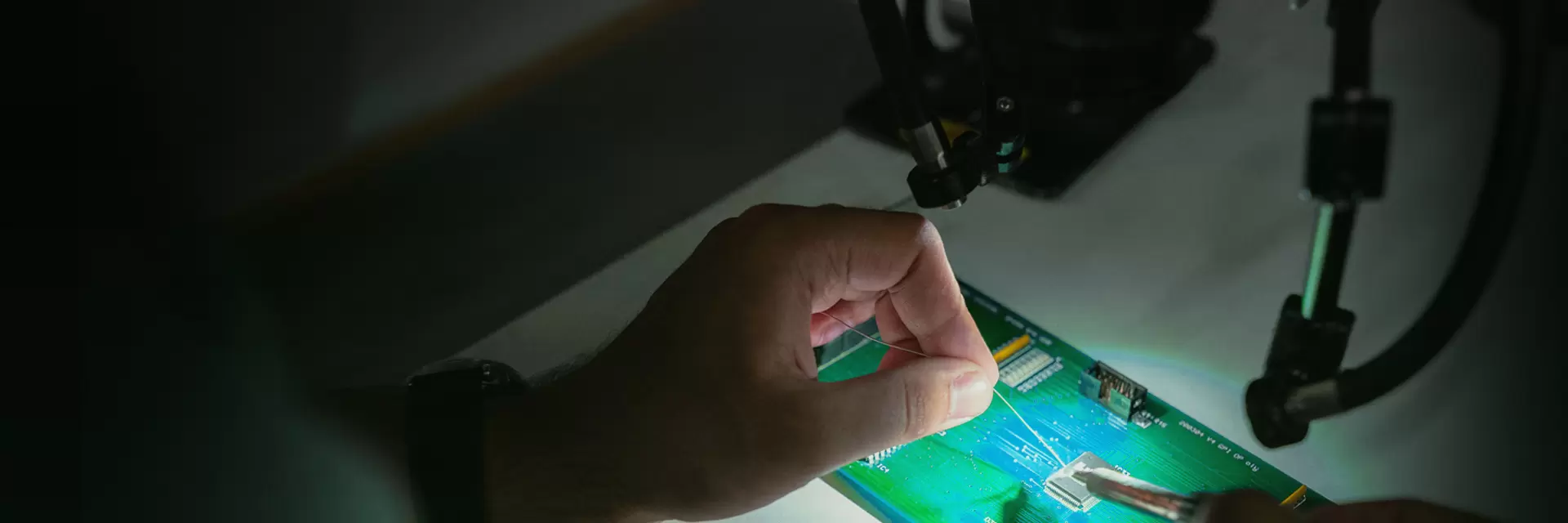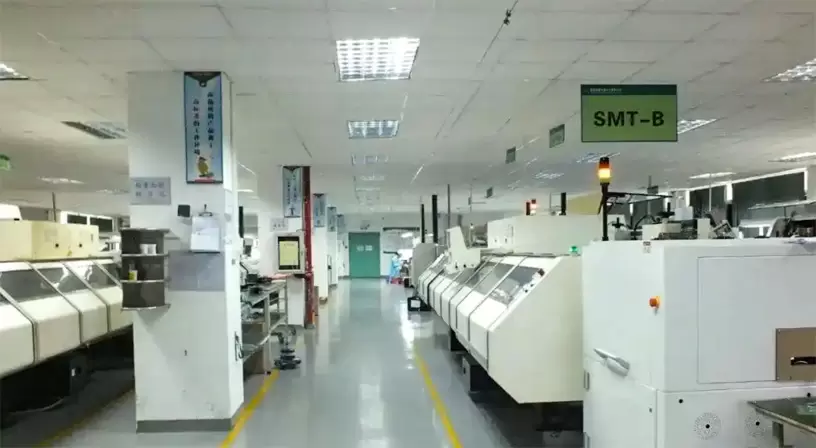Surface Mount Technology (SMT) is a methodology for mounting electronic components directly
onto the surface of a Printed Circuit Board (PCB). This process utilizes robotic systems to
precisely position miniature components onto designated PCB pads. Assembly is finalized
through reflow soldering or wave soldering techniques. SMT offers advanced automation and
exceptional precision, significantly boosting manufacturing efficiency while minimizing
human error, making it the dominant solution in contemporary electronics production.
Our facility boasts cutting-edge manufacturing infrastructure and sophisticated machinery
to ensure superior fabrication. We employ highly skilled and seasoned specialists dedicated
to delivering rapid turnaround times without compromising on quality. Our comprehensive
capabilities in premium SMT PCB assembly services encompass:

 EN
EN






